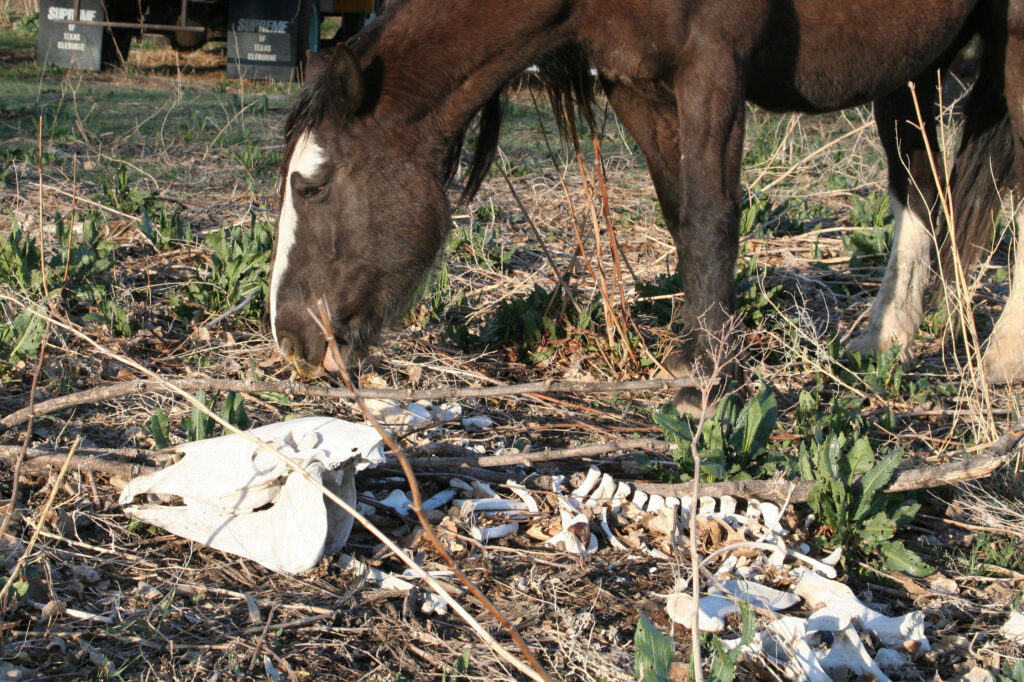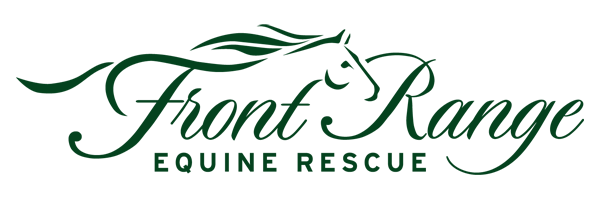
The horse slaughter industry continues to crumble. The number of U.S. horses slaughtered in Canada has decreased drastically in the last eight years, from 43,513 horses (2014) to 3,627 (2022). Bouvry Exports, the largest horse slaughter operation in Canada, abandoned its only U.S. feedlot.
U.S. Department of Agriculture (USDA) records show the increasing downward trend for America’s horses shipped to slaughter over the past 10 years. USDA reports include horses shipped to Canadian and Mexican slaughterhouses. Some of the Year to Date (YTD) numbers are listed below:
- The YTD horse slaughter export statistics for November 2022; 18,456 horses were exported for slaughter, down 2,905 from 21,361 during the same period last year – a 13.6% decrease.
- The YTD horse slaughter export statistics for August 2023; 12,332 horses were exported for slaughter, down 2,203 from 14,535 during the same period last year – a 15.1% decrease.
- The YTD horse slaughter export statistics for October 2023; 16,915 horses were exported for slaughter, down 2,435 from 19,350 during the same period last year – a 12.6% decrease.
- There have been a few reports with minor increases in numbers to Mexico during random months; however, a very strong downward trend has become the norm for nearly every month of the year.
Based on factual evidence about horse slaughter presented to the European Union (EU) parliament, a resolution calling on the EU Commission to suspend the import of horse meat from countries where applicable EU requirements relating to traceability and animal welfare are not complied with was adopted.
America’s horses are not raised or regulated as a food animal. Their meat is tainted with products containing banned substances for use in food animals. Front Range Equine Rescue created a chart during 2012-2013 outlining over 112 substances which can be found in commonly used horse care medications and products — these items are even labeled “not for use in food animals” or “not for use in horses intended for slaughter”, and similar statements. Almost every barn in America has these items available (for example: wormers, fly spray, Bute, Banamine, Furazone, antibiotics, vaccines and many more).
Federal legislation has yet to make it out of committee hearings and to the floor for a vote in both the U.S. House of Representatives and Senate. Each year the bill is reintroduced. Currently it is known as the S.A.F.E. Act (Save America’s Forgotten Equines).
